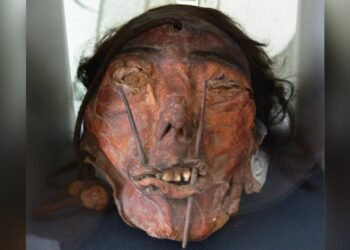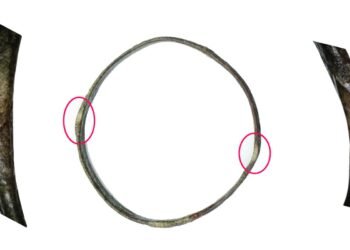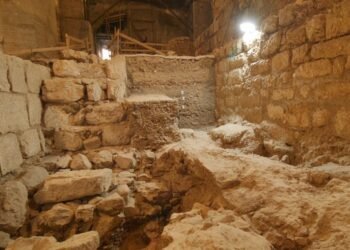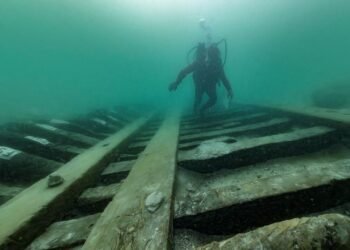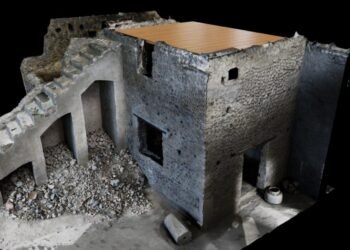Researchers from the University of Münster and the National Academy of Sciences of the Republic of Armenia have unearthed the remains of a Roman arched aqueduct within the confines of the Hellenistic royal city of Artashat-Artaxata, an ancient site in Armenia.
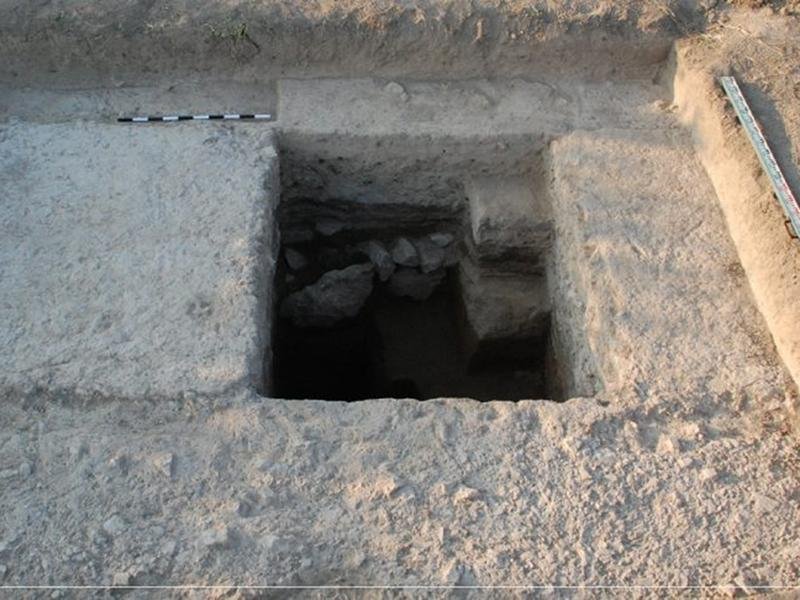
This particular arched aqueduct holds a unique distinction as the easternmost example within the Roman Empire. The excavation work took place during 2019, and the researchers have now published their evaluation in the “Archäologischer Anzeiger” journal.
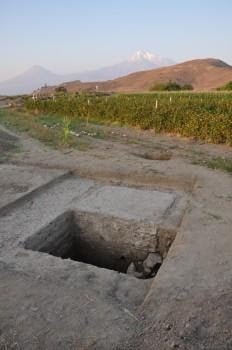 The aqueduct, however, tells a compelling story of unfinished Roman ambitions in Armenia. According to the researchers, the aqueduct remained incomplete due to a pivotal historical moment. After the death of Emperor Trajan in 117 CE, his successor Hadrian decided to relinquish the province of Armenia. As a result, the construction of the aqueduct came to a halt, symbolizing the failure of Roman imperialism in Armenia.
The aqueduct, however, tells a compelling story of unfinished Roman ambitions in Armenia. According to the researchers, the aqueduct remained incomplete due to a pivotal historical moment. After the death of Emperor Trajan in 117 CE, his successor Hadrian decided to relinquish the province of Armenia. As a result, the construction of the aqueduct came to a halt, symbolizing the failure of Roman imperialism in Armenia.
Professor Achim Lichtenberger, associated with the Institute of Classical Archaeology and Christian Archaeology at the University of Münster, elaborated on the aqueduct’s historical context. He stated, “The monumental foundations are evidence of an unfinished aqueduct bridge built by the Roman army between 114 and 117 CE.” During this period, Artaxata was intended to become the capital of a Roman province in Armenia, a time when the Roman Empire had briefly reached its greatest territorial extent. It was under Emperor Trajan, who reigned from 98 to 117 CE, that the Romans endeavored to assimilate the province of Armenia into the Roman Empire.
Co-author Torben Schreiber, also affiliated with the Institute of Classical Archaeology and Christian Archaeology at the University of Münster, emphasized the tremendous efforts put into this project, stating, “The planned, and partially completed, construction of the aqueduct in Artaxata shows just how much effort was made, in a very short space of time, to integrate the infrastructure of the capital of the province into the Empire.”
The research team employed a multidisciplinary approach, combining techniques from various fields, including archaeology, geophysics, geochemistry, and archaeoinformatics during their excavation.
Their work commenced with a geomagnetic examination of the Hellenistic metropolis of Artaxata in the Ararat Plain. In this initial phase, anomalies in the landscape were surveyed and mapped out. The results displayed a conspicuous dotted line, which was further analyzed through sondages. The findings were meticulously documented in three dimensions.
Since 2018, a collaboration of German and Armenian scientists, led by Achim Lichtenberger (University of Münster), Mkrtich Zardaryan (Armenian Academy of Sciences), and Torben Schreiber (University of Münster), has been researching the Hellenistic metropolis of Artaxata. This ongoing research project is focused on exploring a newly established Hellenistic royal city and unraveling the complex cultural interactions between Central Asia, Iran, and the Mediterranean region within the context of this historically rich area.



